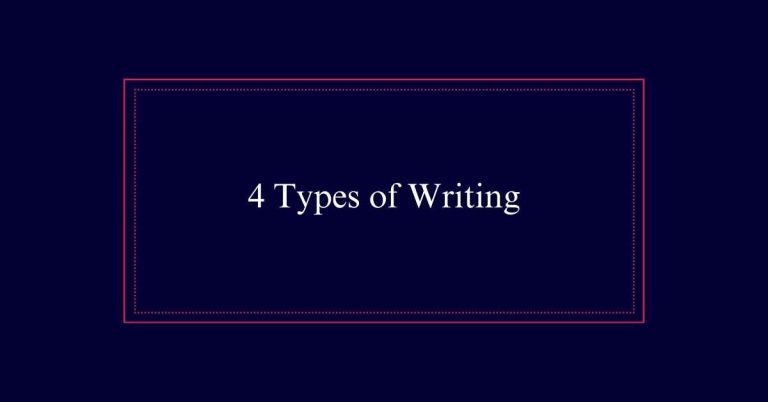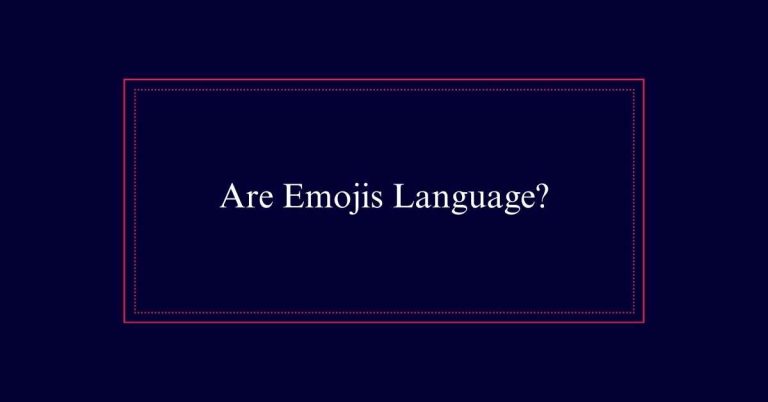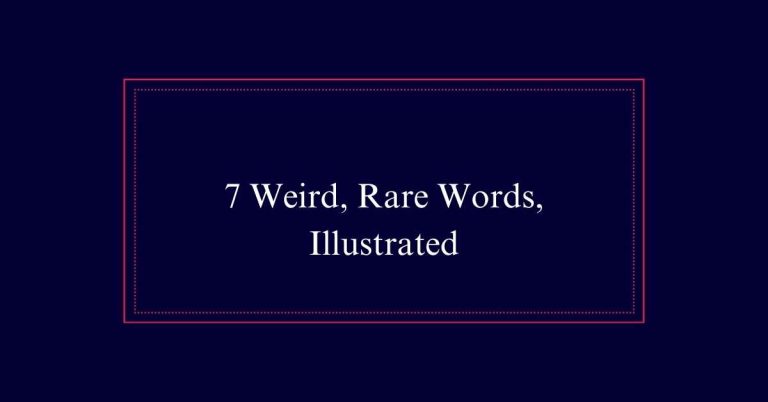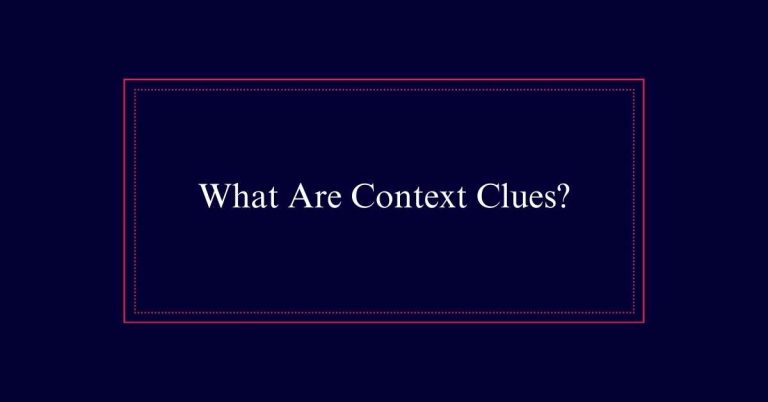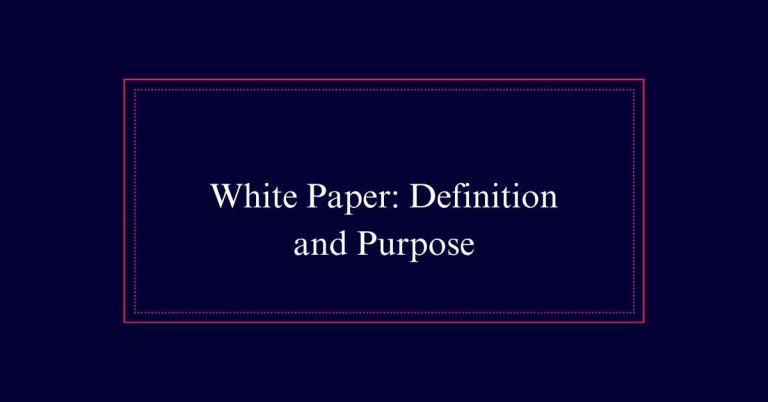Why Do We Say ’Tis the Season?
The saying ’tis the season’ originated in the mid-19th century, gaining popularity through holiday songs like ‘Deck the Halls’, which featured lyrics by Thomas Oliphant. The phrase embodies the festive spirit and communal joy of the holiday season. Charles Dickens’ ‘A Christmas Carol’ also played a significant role in popularizing this sentiment. The word ’tis is a contraction of ‘it is’ from early English literature, often used for poetic rhythm.
Historical Background
The phrase ’tis the season’ first gained prominence in the mid-19th century, particularly through its inclusion in holiday songs like ‘Deck the Halls’. This classic song features lyrics by Scottish musician Thomas Oliphant, set to the tune of the Welsh winter folk song ‘Nos Galan’.
The phrase encapsulates the festive spirit and has become synonymous with holiday celebrations. It likely first appeared in a song around 1862. Over time, ’tis the season’ has become deeply ingrained in holiday culture, evoking images of joy, warmth, and tradition.
Origin in Holiday Songs
Many recognize ’tis the season’ from beloved holiday songs like ‘Deck the Halls’. This phrase, rooted in festive traditions, likely first appeared in a song around 1862.
‘Deck the Halls’ features the line ”Tis the season to be jolly,’ which has become emblematic of holiday cheer. The song’s lyrics were penned by Scottish musician Thomas Oliphant and were set to the tune of the Welsh winter folk song ‘Nos Galan’. This connection to music helped cement ’tis the season’ in popular culture.
Over time, the phrase has come to symbolize the joyful and celebratory spirit of the holiday season, evoking images of warmth, togetherness, and festive merriment.
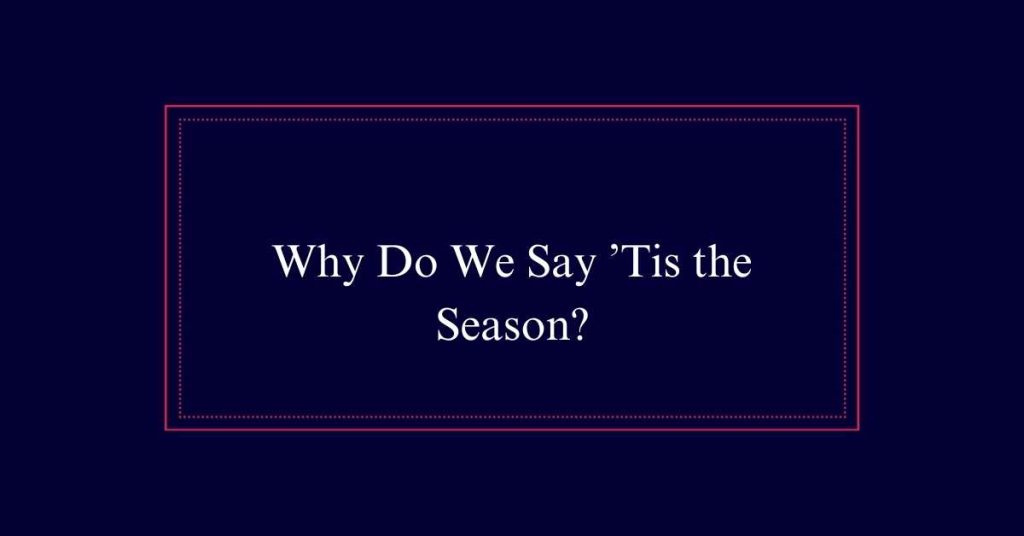
Thomas Oliphant’s Influence
Thomas Oliphant played a pivotal role in popularizing the phrase ”tis the season’ through his lyrics in ‘Deck the Halls’. As a Scottish musician, Oliphant adapted the lyrics to the Welsh folk tune ‘Nos Galan’ in 1862. His version of the song included the memorable line, ”tis the season to be jolly.’
This phrase quickly became associated with Christmas and holiday festivities. Oliphant’s lyrical adaptation helped embed the phrase in popular culture, ensuring its lasting presence in holiday traditions. By incorporating ”tis the season’ into a widely-sung carol, Oliphant contributed significantly to its enduring popularity and recognition.
Meaning of ‘Tis
The word ’tis is a contraction of ‘it is,’ originating from the English language of the 1500s. This contraction simplifies speech and writing, making it a common element in poetry and songs. ‘Tis is known as a proclitic, meaning it is closely connected to the following word in pronunciation.
First appearing in writing in the early 1600s, it has been used by authors from Shakespeare to modern creators. Its primary function is to fit the rhythm and meter of verses, making it ideal for lyrical and poetic contexts.
Shakespeare and ‘Tis
Shakespeare often employed the contraction ’tis in his works to enhance the lyrical quality of his writing. This small contraction played a significant role in the rhythm and meter of his verses.
Here are three notable examples:
- Hamlet: ”Tis now the very witching time of night.’
- Romeo and Juliet: ”Tis but thy name that is my enemy.’
- Macbeth: ”Tis the eye of childhood that fears a painted devil.’
Proclitic Contractions
A proclitic contraction, like ’tis, attaches closely to the following word, enhancing the flow and rhythm of speech or writing. This linguistic feature allows for smoother passages between words, making sentences sound more natural.
Proclitic contractions often appear in poetry and songs, where maintaining a consistent meter is essential. The contraction ’tis, derived from ‘it is,’ exemplifies this usage, fitting seamlessly into the structure of phrases. Similarly, ’twas, meaning ‘it was,’ serves the same purpose.
Literary Examples
Many classic literary works feature the contraction ’tis to enhance their poetic rhythm and meter. This linguistic choice can be found in various notable texts, adding a touch of elegance and tradition.
Here are a few prominent examples:
- Shakespeare’s Plays: The Bard frequently used ’tis in his dialogue, such as in ‘Hamlet’ with ”Tis now the very witching time of night.’
- John Milton’s Poetry: In ‘Paradise Lost,’ Milton employs ’tis to maintain the poem’s strict meter.
- William Wordsworth’s Works: Wordsworth used ’tis to evoke a timeless quality in his romantic poetry.
Peak Popularity
‘Tis reached its peak popularity in the early 1700s, appearing frequently in both literary works and everyday language.
During this period, the contraction ’tis became a common linguistic tool. Writers used it to maintain the rhythm and flow in poetry and prose. It was favored for its concise form, fitting seamlessly into the meter of verse.
The contraction appeared in various contexts, from serious literary works to comedic writings. Its usage extended beyond the written word, becoming a part of everyday speech.


